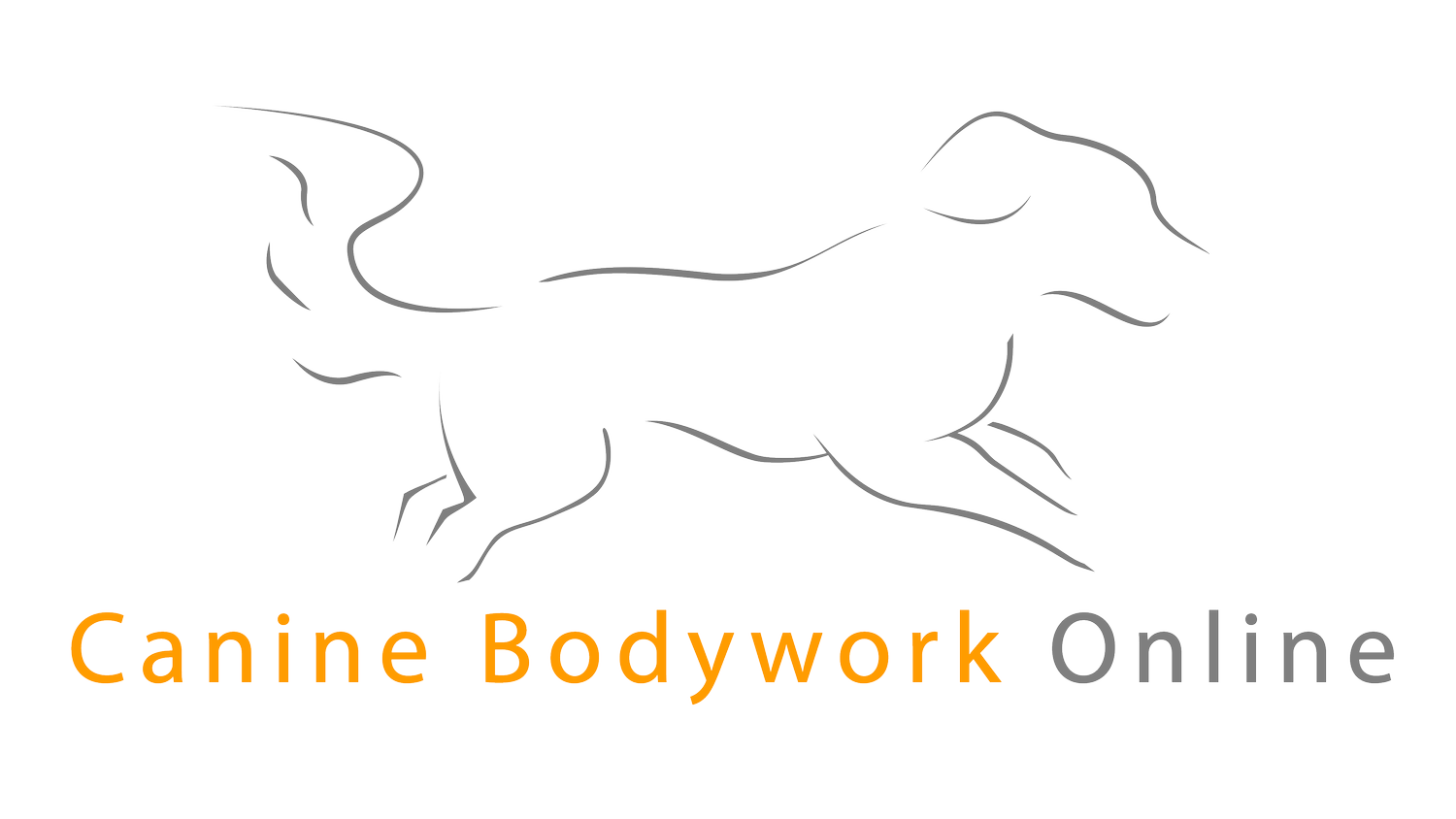Dog Bodywork For Pain Relief — how subtle discomfort impacts behavior.
You know your dog better than anyone. So when they stop bounding up the stairs, become less playful, or avoid being touched in certain areas, it doesn’t go unnoticed.
These changes may be easy to dismiss as aging, stress, or personality quirks, but so often, they’re your dog’s way of communicating physical discomfort.
Discomfort in dogs doesn’t always show up as a limp or an obvious injury. It can look like restlessness, hesitation, or changes in energy levels.
Understanding the mind-body connection and using dog bodywork for pain relief can make a real difference!
Physical pain often shows up in subtle ways.
Dogs are naturally stoic. Like most animals, they’ve evolved to hide pain as a survival mechanism, which means many signs of discomfort are subtle and easily overlooked.
Tension in the hips, back, or shoulders can shift the way a dog moves, rests, or interacts. You might notice they’re slower to get up, no longer jump onto the couch, or have become more sensitive to touch, especially around certain areas of the body.
According to canine behaviorist Karen London, PhD, “Troubling dog behavior can reflect physical issues such as orthopedic pain, gut problems, and other issues” (Psychology Today, 2023).
In other words, what we often label as a “behavior problem” may be a dog’s attempt to avoid pain or discomfort.
How body tension affects the nervous system.
When a dog experiences chronic tension from an old injury, poor posture, muscle overuse, or age, the body starts to compensate. This compensation leads to uneven movement, restricted range of motion, and eventual emotional stress.
Over time, the nervous system becomes involved, making it harder for the dog to fully relax or recover on their own.
That’s why it’s so important to address both the physical tension and its broader effects.
Supporting the body helps regulate the nervous system, and vice versa.
This is the foundation of dog bodywork for pain relief. Relieving physical discomfort while restoring emotional ease.
The role of bodywork in recovery and comfort.
Canine bodywork isn’t about listening to the body and working gently to release restrictions.
Through hands-on techniques like soft tissue mobilization and energy-based work, bodywork can help reduce tension, improve circulation, and bring the body back into balance.
When the body is more comfortable, many dogs naturally become more mobile, engaged, and emotionally settled.
You may notice better posture, smoother movement, or even a brighter expression after just a few sessions. For dogs with anxiety or reactivity tied to discomfort, bodywork can offer a calming reset without medication or intense behavioral training.
What you can watch for at home.
You don’t need to be a professional to notice early signs of discomfort. Watch for changes like:
Slower movement or stiffness after rest
Avoidance of stairs, couches, or the car
Shifting weight while standing
Increased sensitivity to being touched in certain areas
Behavioral shifts, like increased clinginess or withdrawal
These clues often point to underlying tension, and addressing them early can help prevent more serious compensation patterns or chronic issues.
Why early support matters.
Dogs age faster than we do, and their bodies take on more than we realize.
Waiting until a dog is visibly limping or in distress means the issue has likely been there for a while. Dog bodywork for pain relief offers a gentle, proactive approach, one that helps dogs feel more at ease in their bodies before they reach a breaking point.
If your dog hasn’t seemed quite like themselves lately, take it as a cue to pause and look a little closer.
Often, what they need most isn’t stricter training or a new routine.
They just need help feeling good in their body again!

